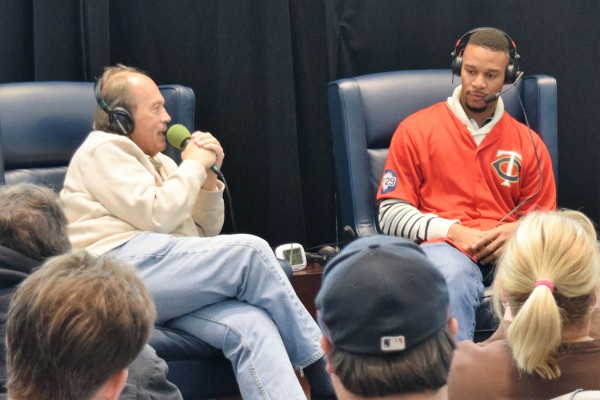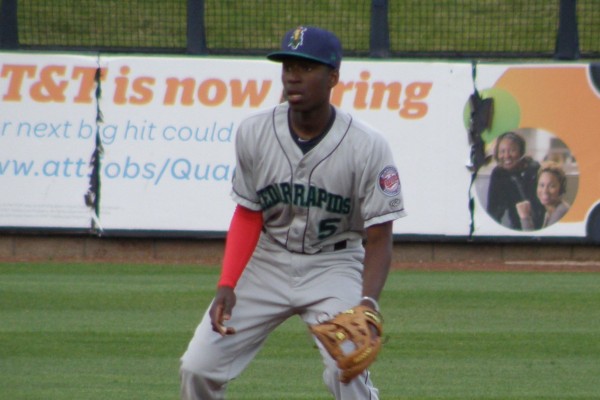I did something recently that I hadn’t done in probably 15 years.
It used to be a habit. In fact, in retrospect, it may have actually become my very first true habit – something I came to feel I needed. Whether it was a good habit or a bad habit is probably open to debate, depending on one’s perspective.
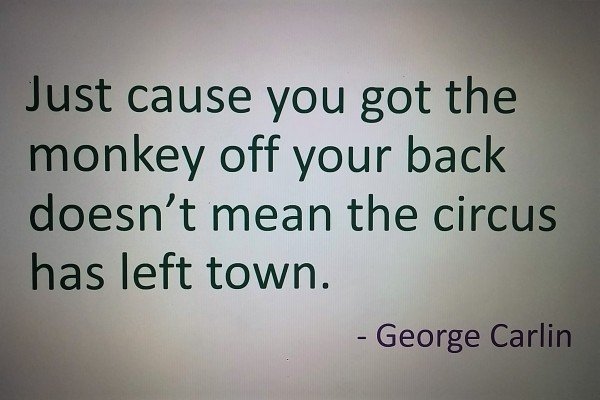 The habit had its roots in my youth. My dad was a baseball coach, so I spent most of my spring and summer playing or watching baseball. I spent a lot of time around the high school players that my dad coached and wanted to do pretty much anything that would make me feel connected to real ballplayers.
The habit had its roots in my youth. My dad was a baseball coach, so I spent most of my spring and summer playing or watching baseball. I spent a lot of time around the high school players that my dad coached and wanted to do pretty much anything that would make me feel connected to real ballplayers.
I turned five years old during the Minnesota Twins’ first season of existence in 1961 and it was at least indirectly because of the way my friends and I followed that team in the early to mid-60s that we eventually began to spend an increasing percentage of our weekly allowances to feed our mutual habit (remember when kids got allowances that they had to learn to live within each week?).
My parents seemed to understand. They were baseball fans, after all, and didn’t want to discourage me from being one, too. Of course, had they known how much money I would eventually spend (arguably, “throw away” might be a more appropriate term) on the habit, they might have more closely supervised or restricted my activities. Then again, people did a lot of things in the 60s that, it turns out, weren’t exactly good ideas.
By the late 1980s, I was more heavily involved with the habit and I could see that my own young son was also taking it up. I was even more of an enabler than my own father had been with me. I didn’t even make my son spend his own money to get started on the habit, I covered a significant portion of the financial commitment necessary to get him hooked.
By the mid 1990s, my son and I were both putting money into buying baseball cards.
He graduated from high school in 2001 and I’m not sure how much he has continued to spend on the habit, but I’m certain he hasn’t kept up with the levels we did when he was younger.
Personally, I have picked up a pack once in a great while, but I hadn’t bought a full multi-pack hobby box of cards for a very long time – until now.
I don’t know what made me backslide. I could probably blame it on the idleness that comes with having retired from my day-job, leading me to spend too many of my cold (and not-so-cold) winter days in bored hibernation. But the honest truth is, I just wanted to do it.
I wanted to buy a box of cards and spend some time opening every pack, looking to see what superstars might emerge as I tore open the packs and thumbed my way through the individual cards – just the way I did when I was eight years old and hoping to find a Harmon Killebrew or Tony Oliva, while I combed past the checklists and the inevitable Bill Monbouquette card that seemed to be present in every pack.
And it felt good. Very good. Maybe dangerously good, for a guy who’s facing a future of living on a relatively fixed (and potentially decreasing) retirement income.
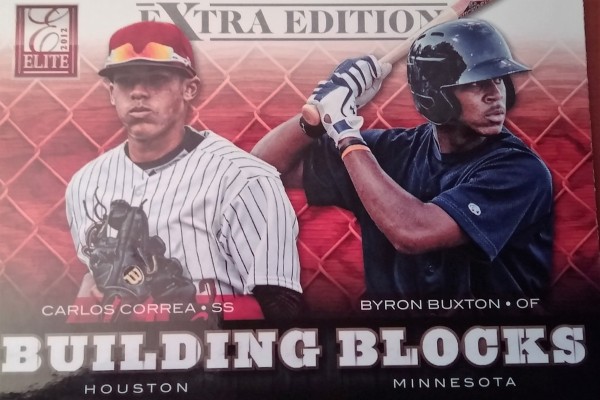
I’m not sure what caused me to backslide. I think perhaps a couple pictures of new cards found their way into my Twitter timeline, triggering a previously buried subliminal command that forced me to spend time entering various baseball card-related phrases into my search engine of choice that day. At least I’ll blame it on Twitter. I blame a lot of things on Twitter, after all.
In the end, I decided to order a box of 2012 Panini Extra Edition Elite cards. Honestly, until the day I ordered them, I hadn’t heard of Panini baseball cards. It turns out, though, that they issue sets of prospect cards each year and the fact that they supposedly included six autographed cards in each hobby box (20 packs with 5 cards per pack) was a selling point.
I figured the 2012 set might include some of the first three classes of Twins-affiliated Cedar Rapids Kernels that I’ve gotten to know during the past three seasons.
The box arrived Thursday morning. It was smaller than I envisioned it being, but I got past that. Alas, many things from the days of our youth seemed bigger than they really were, in retrospect.
I opened the box and gave some thought about how I wanted to proceed with opening the packs. I considered opening just three or four packs a day, spreading out the fun of opening them over the course of at least a few days.
Yeah, that didn’t happen. I opened the first 10 packs in just minutes, coming across four autographs and a handful of other special “numbered series” cards in the process. I paused at that point to get a drink and look up the names of a couple of the unfamiliar guys I now had autographs of.
I’m not too proud to admit there were a couple of well-regarded prospects in 2012 that I had no recollection of ever hearing about (but I’m also not going to open myself up to public humiliation by admitting exactly who they were).
After acquainting myself with those players, I ripped into the remaining 10 packs.
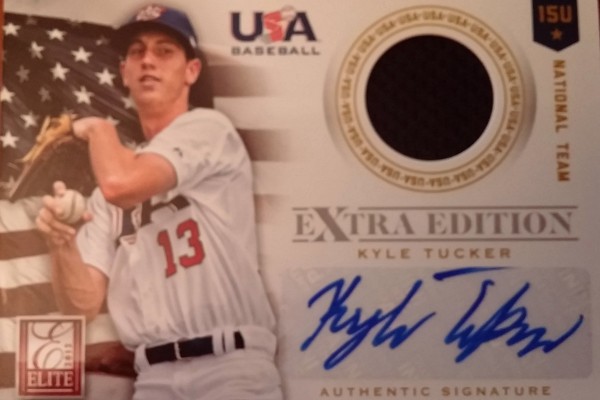
I ended up with seven autograph cards (one more than the promised six – bonus!) and my hopes concerning picking up a few former Kernels/Future Twins were also realized. Among them were Luke Bard, Adam (sans Brett) Walker, Mason Melotakis and J.O. (a.k.a. Jose) Berrios.
Twins pitching prospect J.T. Chargois showed up in a pack, as well, though he never had the honor of wearing a Kernels jersey.
None of the autograph cards were Twins prospects, but I did get a “Building Blocks” card featuring the Astros’ Carlos Correa and Twins uber-prospect Byron Buxton.
Maybe best of all, there wasn’t a Bill Monbouquette in the entire box. In fact, I only had a total of three duplicate cards. (if you’re a particular fan of Joe DeCarlo, Brett Mooneyham or Matt Price, let me know and I’ll hook you up with a card.)
As I write this, probably three hours or so after opening the last pack of the box, I’m left to wonder what this all means.
I want to convince myself that this was a one-time thing – that buying one box of cards doesn’t mean I’m destined to relapse into the full depths of another epoch of card-collecting. I’m just not sure that even I would believe that.
If you should hear that I’ve decided to take my 401(k) money in a single lump sum, please pray for me.
-JC

